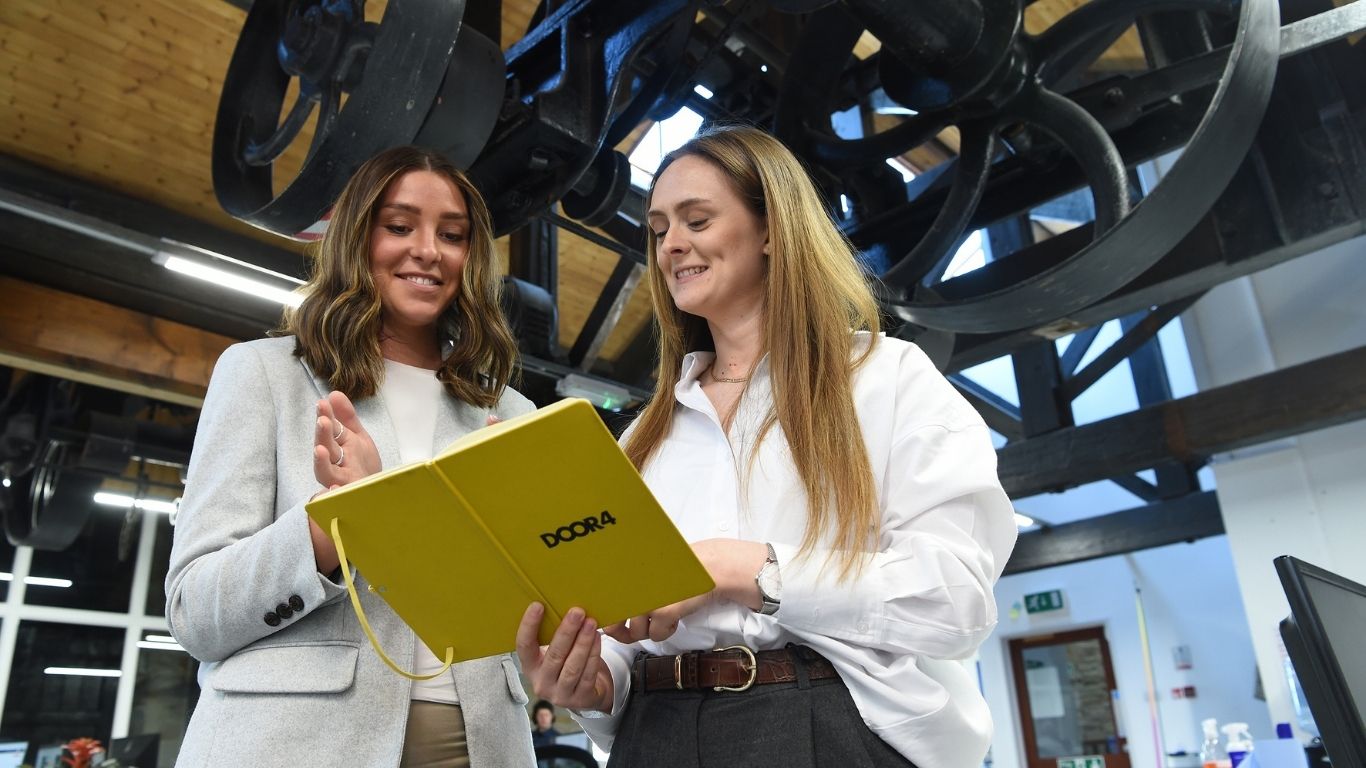Ready to explore the possibilities?
Request a quick call with our team to find out how the Innovation Explorer program can help your business take its next big leap into AI and automation.

Tips for using PPC attribution models effectively
How effectively are you assessing your ongoing PPC efforts? Meaning, how do you know which element of your PPC advertising you should give credit to for ultimately bagging that sale or conversion?
That’s where PPC attribution models come in – helping you better understand and review which campaigns, ad groups and keywords are working best.
PPC attribution – a heady topic
Attribution is a massive subject area within digital marketing. It’s a challenge for all marketers to discern which digital campaigns or touch points of a user journey are influencing users to take action.
To max the usefulness of this article, we’re going to evaluate attribution models within the Google Ads platform specifically, plus how they can be used to better optimise accounts and campaigns.
What are the types of attribution models?
PPC advertising is complex, with any given conversion combining:
- Several clicks
- Stepbacks
- Indecision
- Repeat visits
- Numerous other factors
Conversely, some results may come from a first time Google search: one click on an ad and a swift purchase.
Attribution models exist to help you define what type of customer behaviour is driving conversions – and how much credit to grant each part of the journey.
After setting up your conversion events in Google Analytics, you can then decide which of the following attribution models to apply:
First click
As you’ll guess by the name, this model places all the credit for the conversion on the first ad clicked, plus the corresponding keyword.
It’s straightforward to see how your customer’s journey started – but doesn’t allow for any of the aforementioned user meandering.
Last click
Similarly simple to understand, last click is widely used and highlights exactly which was the most recent channel interacted with.
The obvious limitation being that it ignores any other contribution made by user interactions prior to the final one.
Last non-direct click
More subset than standalone, this model gives a more accurate picture of which channel earned the conversion otherwise directly attributed to ‘last click’.
The trade-off is a drop in your direct conversion numbers, which may mean smaller headline stats in return for greater accuracy.
Linear
Put simply, every point on the customer journey is assigned equal weight as a contributing percentage.
Due to this relative lack of precision, it may only be recommended for first-time campaigns to compile baseline ‘lay of the land’ data.
Time decay
Sounds like the title of a sci-fi film! But is really a method of giving more credit to actions taken closer in time to the conversion.
According to Google, this is distributed via a ‘seven day half-life’, meaning a click from yesterday gets double the credit of one from eight days ago.
Position based
Credit is split as follows:
- 40% each for the first and last clicked ads
- The remaining 20% split between all other interactions in between.
This means all points are acknowledged and credited, with the understanding that first and last clicks are usually the most important.
Data driven
If the volume of conversions is high enough, a data-driven attribution model can be applied. This model applies machine learning for greater accuracy but isn’t available to all businesses due to its minimum data requirement.
It’s usually recommended because it assigns credit for each interaction, based on a use of big data determining effectiveness rather than a static and more simplistic model as those mentioned above.
How does PPC advert attribution affect reporting?
Google enables you to incorporate the performance of PPC attribution models into your overall reporting for greater accuracy and refinement.
Your PPC consultant will use model comparisons to confirm which of your ads are prompting new customer journeys and which are closing.
At Door4, we utilise data-driven attribution in Google Ads where possible to optimise campaigns in platform.
However, when looking more generally at the effectiveness of multiple channels and campaigns, we report based on web analytics last-click models.
We do this to ensure we take a ‘de-duplicated’ and simple view of cross-channel performance, which can easily be understood at board level by non-marketers.
Attribution is never a pure science. Our mantra at Door4 is that we continuously strive to be, for want of a better phrase, ‘less wrong’; to make more informed decision making.
Want to learn more?
Keen to get a better handle on how customers interact with your PayPerClick advertising, what drives your conversions and how to deploy your budget?
Get in touch today. If you know someone who might get something from this article, share it and spread the love.
Photo by Louis Hansel on Unsplash
-
 30.06.2021|Learn how to bid on PPC advert keywords and create ads that convert - and stop wasted ad spend by using best practice or, better still, getting support.
30.06.2021|Learn how to bid on PPC advert keywords and create ads that convert - and stop wasted ad spend by using best practice or, better still, getting support. -
 20.01.2021|Download our free Marketing in Adversity report 2021 - learnings from 2020 show how we might use digital marketing to build business resilience.
20.01.2021|Download our free Marketing in Adversity report 2021 - learnings from 2020 show how we might use digital marketing to build business resilience. -
 09.03.2020|It’s common for Paid Search accounts to waste ad spend. But it doesn’t have to be like this! Here’s how to optimise your account so it makes more money for you.
09.03.2020|It’s common for Paid Search accounts to waste ad spend. But it doesn’t have to be like this! Here’s how to optimise your account so it makes more money for you.
Door4 opinions and insight.
We have a lot to talk about.Our latest articles, features and ramblings.
We explore performance marketing, AI, communications and optimisation.











